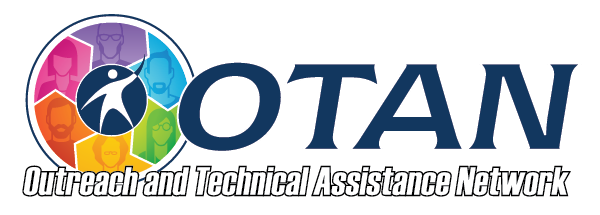Search
ASE: High School Equivalency Preparation
101 Results
Activity Description
Program Areas
Levels
Activity Description
Quizizz can be used as a prediction activity to find out what students already know about a topic or it can be used as a review to find out what was learned. You can create and play quizzes live or for homework. They can be accessed by the students using any device with a Web browser including a laptop, iPad, iPhone, iPod, Android, Chromebook, or desktop computer. An app is NOT necessary to participate in a Quizizz activity.
As of August 2022, there is only a limited free version. To use all the bells and whistles, you will need to use the Super Version which costs $96.00 annually. As long as you don't need many games, you can get away with using the free basic version.
Program Areas
Levels
Activity Description
Quizlet Live is a collaborative, high-energy review game. It's based on Quizlet, the online flashcards platform that's been around for years. Students are sorted into groups and work together to answer all 12 questions correctly in a row to win.
Program Areas
Levels
Activity Description
In this activity, students use the Essay Map online tool as a pre-writing activity to help structure and organize their writing. The tool helps students understand the relationship between the introduction, main ideas, supporting details for the main ideas, and the conclusion and allows them to move back and forth through the map changing and adjusting their essay outline as needed.
Program Areas
Levels
Activity Description
In this activity, students are assigned a reading passage and shown the different tools they can use during the reading. They are then introduced to a Question Set and asked to complete the activity. When the students finish the activity, it is projected so they can see the article and as a class, responses are reviewed.
Readworks is a free, non-profit site focused on improving teacher effectiveness and student achievement in reading comprehension by providing free standards-aligned content, curriculum, and tools based on the highest quality cognitive scientific research on how to learn to read.

